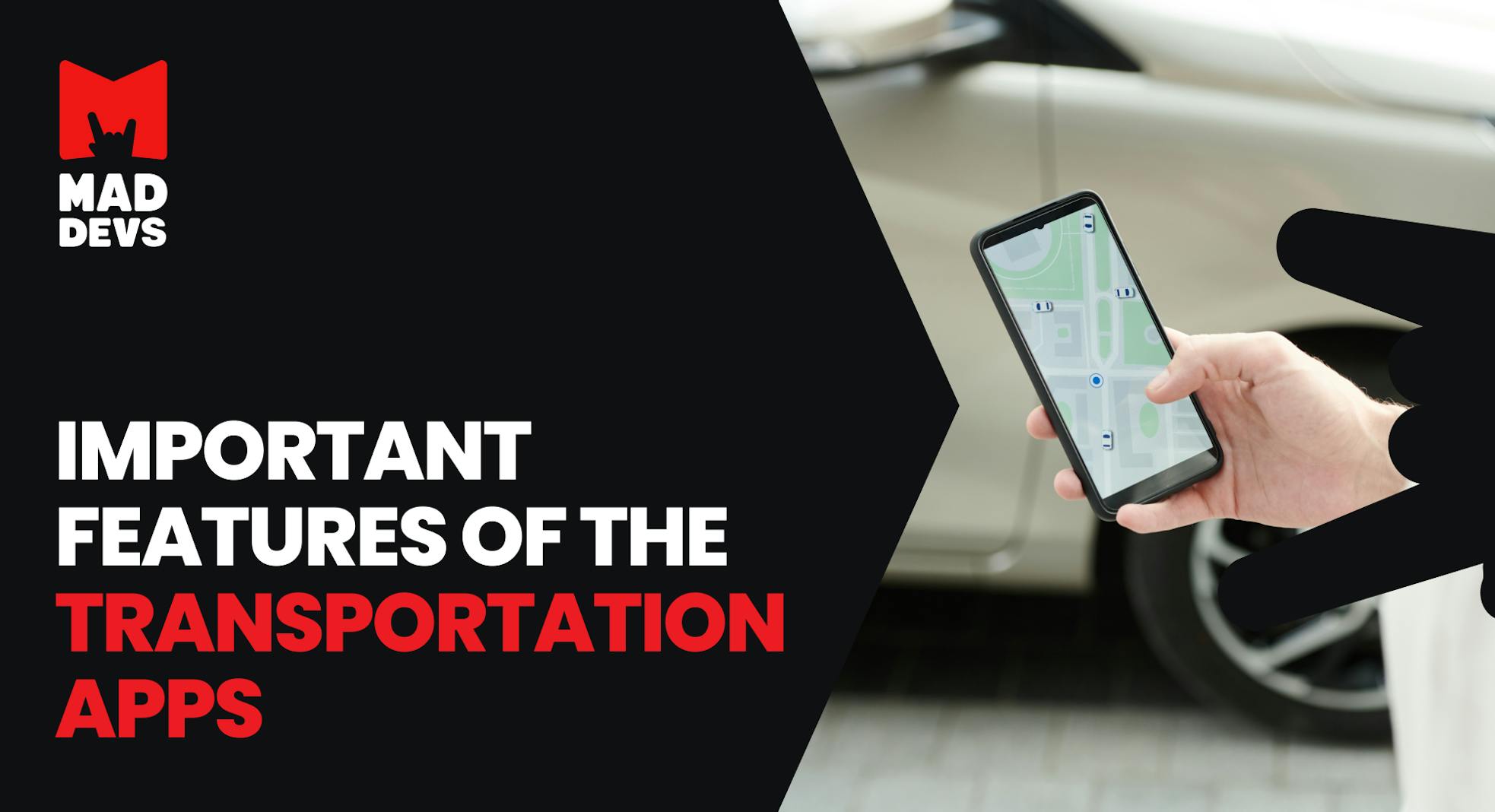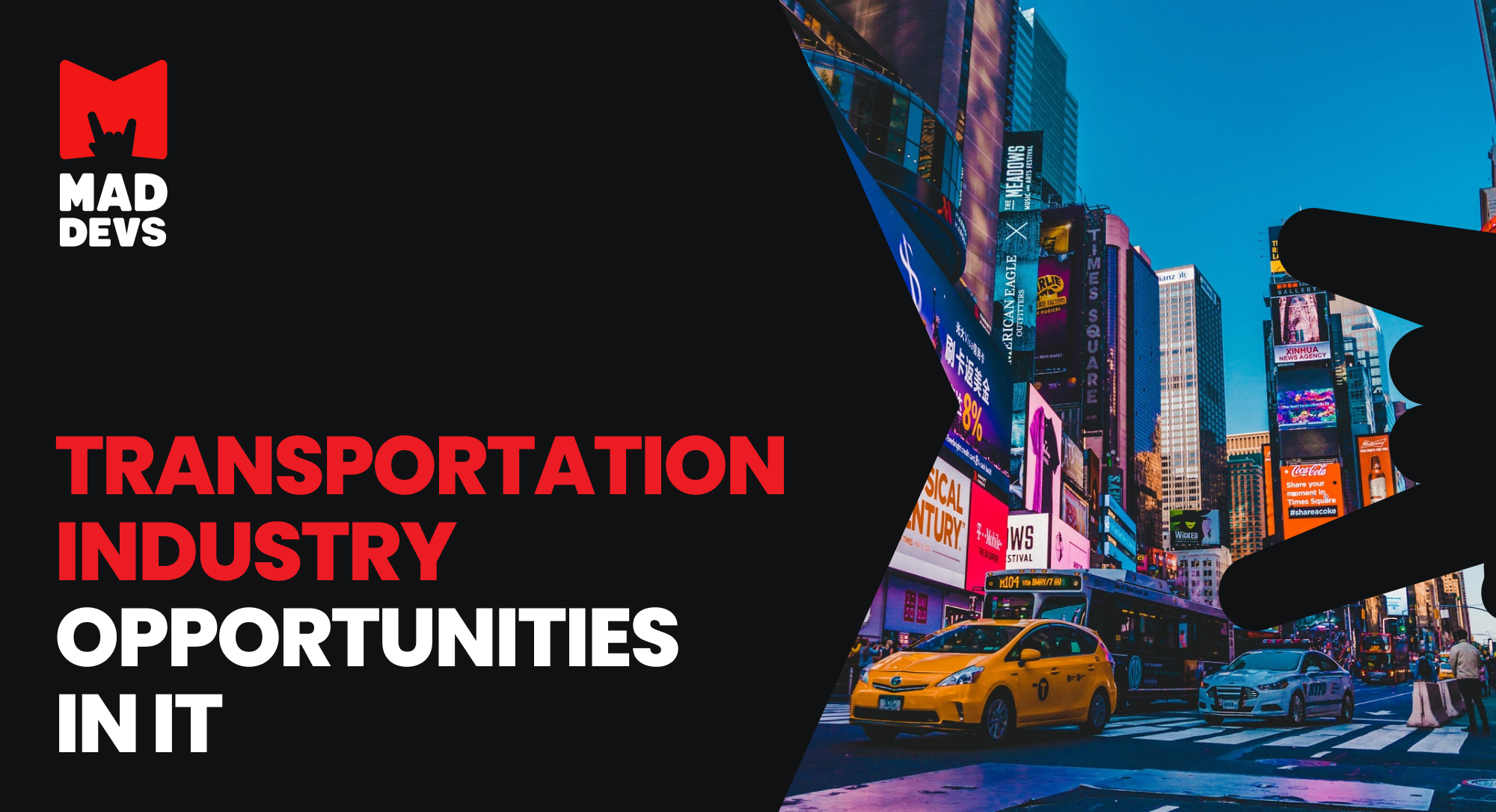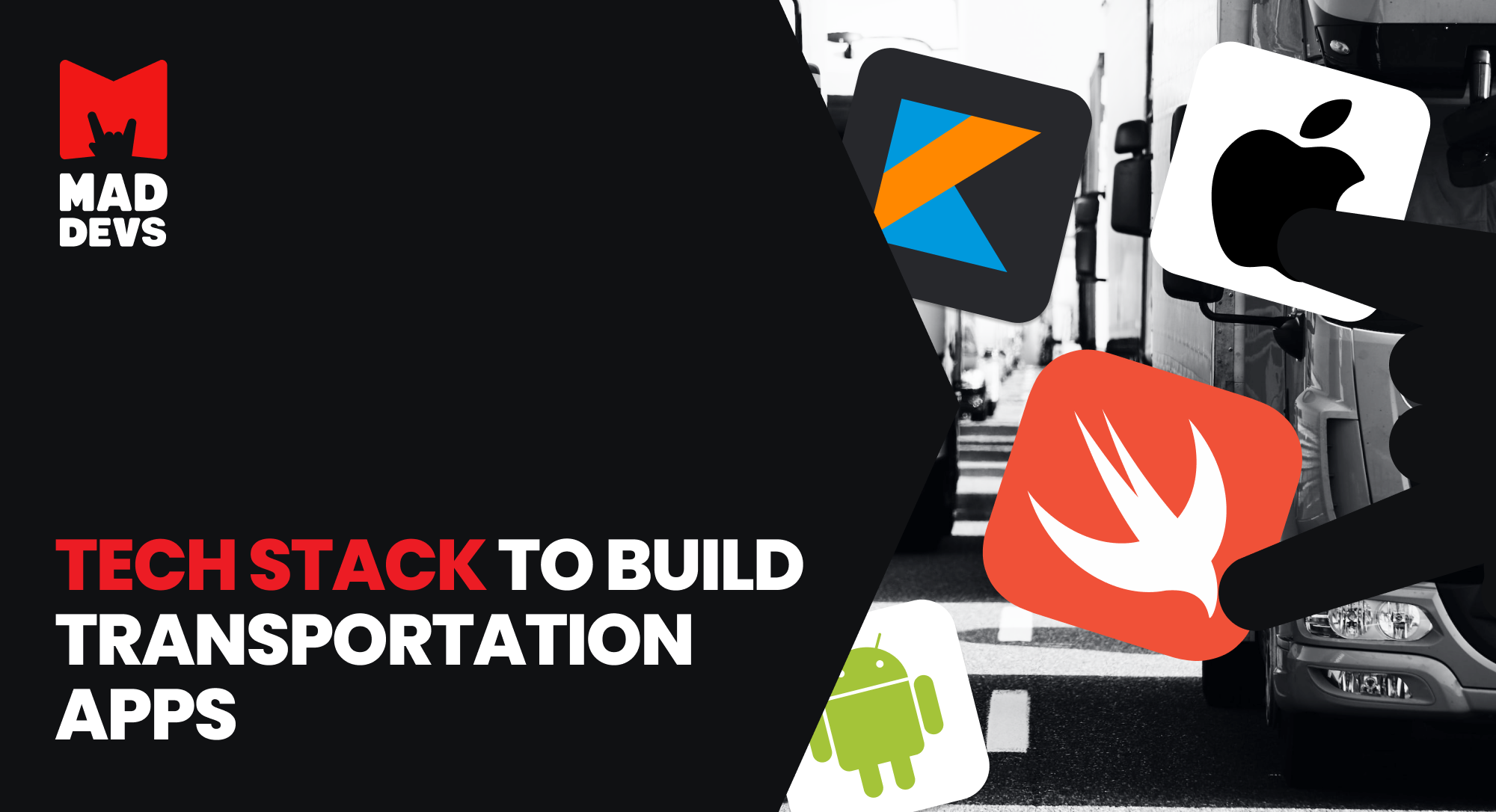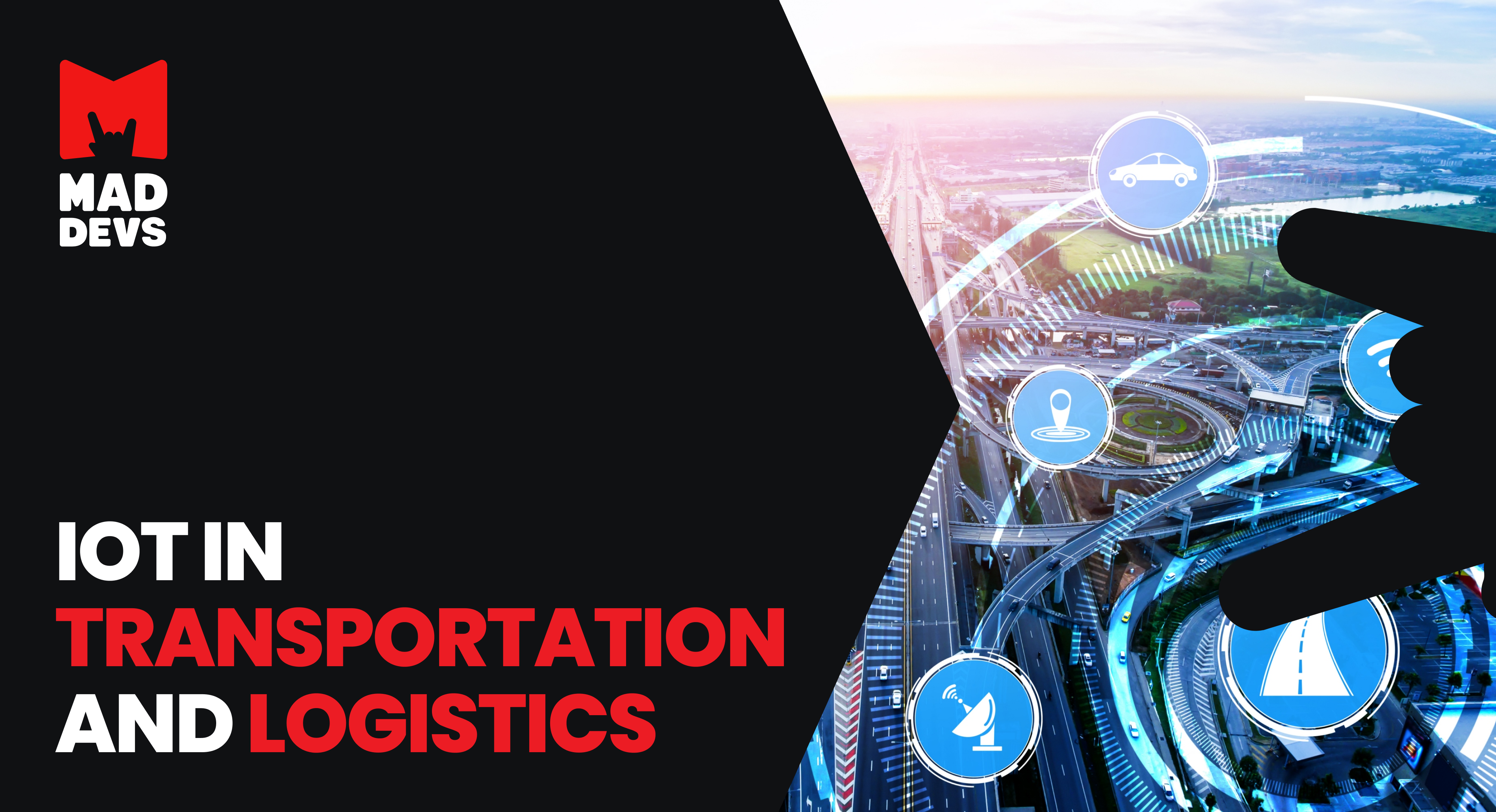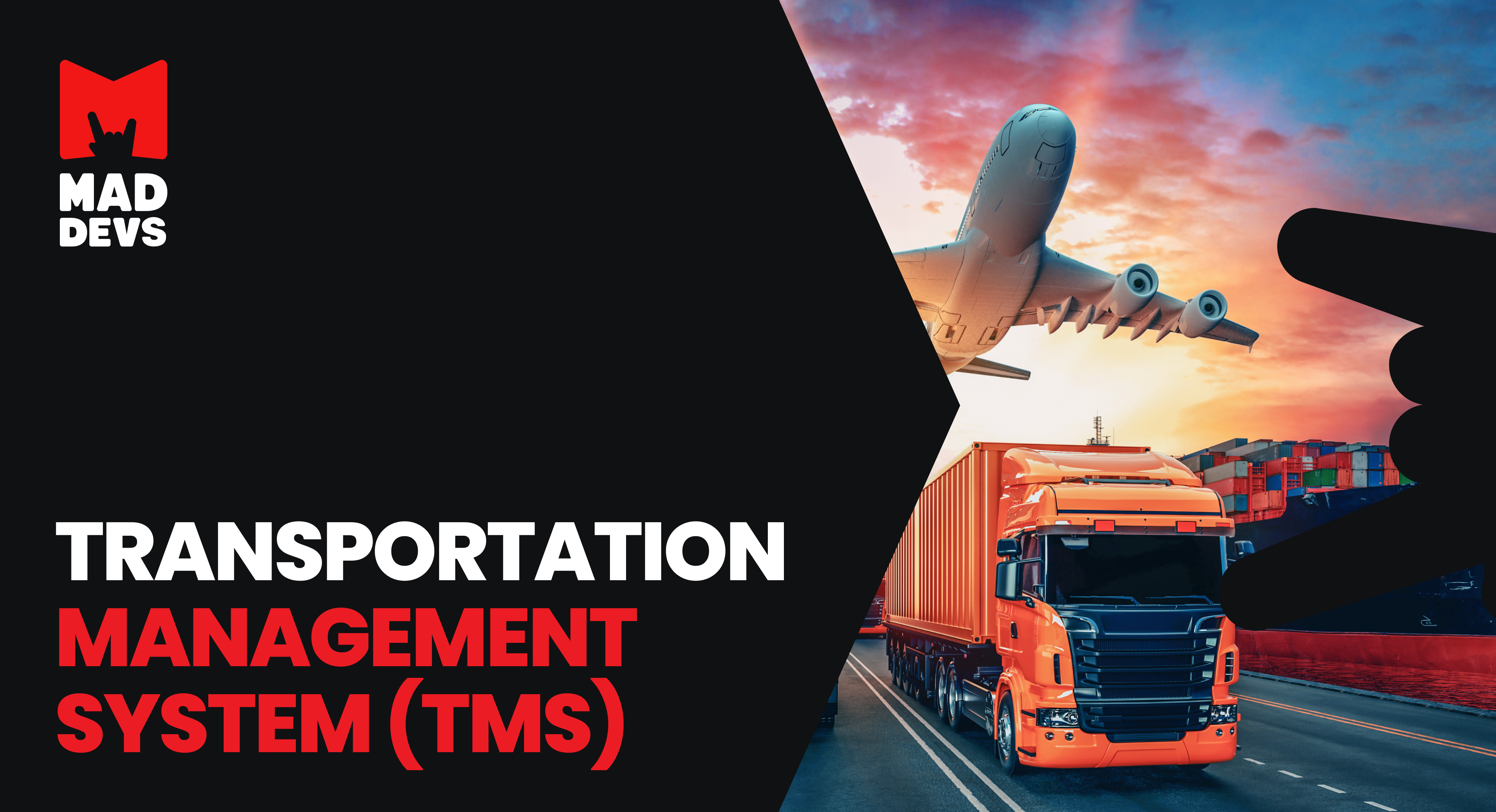The world's population is growing, and with it, the number of transport is increasing. Therefore, sooner or later, each of us faces a problem – how to get accurate information about transportation from point A to point B on time? We all want to avoid traffic jams, road repairs, and be on time in work and everyday life. What is the key to solving this problem? Two words – transport application. This is one of the main reasons why app development is becoming a must-have for every entrepreneur in the transportation industry. So what are the main features for developing a successful transport application? We know the answer.
But to get to the point, let's first break down what your business can get when developing a mobile transport application.
Reasons to develop transport apps
In the transport and logistics industries, mobile applications are very important. A mobile app with the proper functionality can increase productivity, and the workflow becomes much safer and more unified.
Wide audience
In this age of smartphones, you can provide a transit app solution combining information from public transit operators and authorities with live information from the user community. It will help people plan their shared rides, schedule their rides beforehand, give real-time updates, and track their mode of transit online. So it will save a lot of time and energy. You definitely will have a large number of users. No one wants to confusedly stand in a queue at a bus stop and look around while waiting for the necessary vehicle.
For example, At Mad Devs, we implemented ETA services to estimate public transport arrival. Moreover, we managed not to spend even a penny on it. After all, we have combined 3 free services in the development and got an impressive number of responses.
Optimization of logistics processes
Aside from transportation companies, many companies that have an elaborate supply chain can also benefit from developing a transportation app. This will help them streamline the management of their various logistics operations. It can do so by taking into account multiple factors such as fleet management, supply chain management, and delivery schedule.
A mobile application can keep track of the employee's log-in and log-out inputs. It can also automatically generate reports and assign tasks.
Data management
Mobile solutions help eliminate the need for paperwork by consolidating and organizing data collected from various sources. They can then be used to generate reports by analyzing relevant metrics from driving time for eliminating redundant processes and improving your company's productivity.
Visibility
Through mobile platforms, managers can easily monitor and maintain visibility over their operations. This method eliminates the need for them to constantly review and analyze data to ensure that their teams are performing at their best.
Driver's log
Transportation apps are also valuable tools for vehicle drivers. They can use their mobile platforms to keep track of their orders and expenses, and they can also provide reports that detail their work history. Driver's log can be a way to protect your company's assets and the goods or people they are meant to deliver.
Real-time information updates
Another benefit of having a mobile app is that it allows users to access real-time information and quick updates easily. This is a win-win for both the customer and the company. On the one hand, a customer gets what he wants in a timely manner, and on the other hand, the company can react quickly to provide the service.
High engagement
Creating a transportation app is a great way to connect with the customers and engage them in various ways. This app can be used for cross-selling and other marketing efforts. Push notifications, internal promotions, and bonuses are good marketing channels for attracting customers and maintaining loyalty.
Cost efficiency
By developing a mobile app, a transportation company can save money on processes and increase its efficiency. It can also make decisions more rapidly and reduce its costs.
When you have found compelling reasons for developing an application, now we can talk about the features transport and logistics mobile app has in order to minimize problems on the road, delivery times, and cost. Technology leads and companies should be constantly updated on new developments and opportunities that can help them create solutions that are beneficial for their businesses.
Key features of transportation apps
This section lists the most essential features for developing transportation. Let's divide them into users, drivers, and admin panel experience.
Users experience
GPS tracking
Currently, people are wasting time when they make assumptions about the times of trains and buses. To be considered among the best transportation apps, your app must provide live updates of bus times, trains, and maps. Through a GPS tracker, your app will allow users to keep track of their journey. If you want to be one of the best transportation apps, the convenience of nearby transport is the key while planning public access to vehicles in the city.
Here is how we at Mad Devs worked with GPS data for taxi service to calculate the accuracy of positioning and distance.
Map view for navigation
A thriving transportation app should have a map view that will allow its users to find their way around the city. Having a map view is very useful when it comes to planning a transportation journey.
Offline support
Getting connected to the internet is very important for transportation businesses. However, it is also necessary to establish an offline support facility to prevent potential issues. Having an offline view of your app's schedule and routes makes it a breeze for commuters who usually fix their commute times.
You can integrate a passenger report into your app to enable users to report delays in public transport. This will allow the users to share their experiences with the app's users.
Push notifications
Send real-time notifications to mobile users about scheduled events and changes in traffic conditions. These can help users plan their travel accommodations. They can also be used to update customers on the status of their orders.
Booking
For a transportation app to work seamlessly, another feature could be to allow users to book trips and taxis. This should be done in a way that gives users a complete view of the available vehicles and routes. Another key component that should be included is the ability to see the driver's profile.
Driver experience
Registration
Through this section, drivers can register themselves to the app for business. They can also sign-in using their social media accounts.
Maps and navigation
With a map integrated into the application, drivers can easily follow the correct route and avoid getting lost while on duty. This app also provides live information about the traffic situation.
Log feature
This feature allows drivers to record and track their daily and hourly activities. It is also useful for the administrators as they can easily see which activities are happening and which ones are not.
Payments
Drivers can accept and record all the payments done by clients by card or cash.
Shipper details
All the details related to the shipment or customer should be stored in your system. This ensures that the information is collected and analyzed properly.
Admin experience
GPRS tracking
This feature helps keep track of all the packages and drivers that are in use within the company. It can also be used by the administrators to keep up with the live situation of their employees.
Offline support
If drivers or users find them without a proper Internet connection, they should still have a robust offline support system to ensure that they can reach admins in case of an emergency.
Dashboard
An admin dashboard is a tool that enables to manage their activities and make informed decisions. It provides a summary of drivers' activities and allows the company to be sure of the working process.
Billing and invoice
The invoices and the bills generated by the driver or the user should be analyzed and approved by the authority at admin. It is helpful when your employee has an unexpected situation with payments.
To sum up
The mobile app market has become an integral part of today's world. The rise of digital solutions has deeply affected the transportation and logistics industries. With the development of a customized mobile app, businesses can now easily and efficiently manage their transportation and logistics processes. Developing a mobile transportation app would help you eradicate the common issues in the transport industry like speed, efficiency, and affordability.
Are you thinking of developing an app to boost your logistics and transportation business with innovative concepts? Mad Devs is at your service. Share your ideas, and we will bring them to life.

